On Saturday afternoon, a message from Elon Musk appeared in thousands of federal workers’ email inboxes, sent from the Office of Personnel Management, with the subject line “What did you do last week?” The email requested a reply with “approx. 5 bullets of what you accomplished last week” and followed a warning from Musk on X earlier that day that he was operating at President Donald Trump’s direction and that “failure to respond will be taken as a resignation.”
The heads of departments and government agencies, particularly those in the national security space, were quick to push back on the abrupt directive that caused confusion and panic throughout the federal government.
Still, the requested exercise (which Musk has used before) may not be entirely without merit. I, for one, would like to know a little bit more about the work week of one particular federal employee: J.D. Vance. To paraphrase the two Bobs from Office Space, what would Vance say he does here? I asked the vice president’s office that question on Monday, giving his team the option to either provide the requisite bullet points or a longer outline of Vance’s week. So far, no official answer.
But a glance at Vance’s social media profile can tell you a lot. For a young, ambitious politician seen as a likely successor to Trump and inheritor of the Make America Great Again movement, the vice president of the United States seems to spend a large amount of time posting. Here’s a sampling from Vance’s activity on X last week:
Monday, February 17: Vance posted a photo of himself and Trump with a message wishing a “Happy President’s Day to the GOAT” (to the uninitiated, that means the “greatest of all time”). He then debated and argued with members of the media (calling one a “dummy”).
Tuesday, February 18: Vance promoted an article from his boss’s son urging the confirmation of Elbridge Colby to a high-ranking post at the Pentagon before asking his followers to say a prayer for the ill Pope Francis.
Wednesday, February 19: Vance posted a screenshot of Trump’s Truth Social screed blasting Ukrainian President Volodymyr Zelensky as a “dictator,” then replied to himself with his own comment (“I just wanted to make sure no one missed it”).
But it was on Thursday, February 20, that Vance got really busy online. After appearing at the Conservative Political Action Conference and posting a minute-long video clip from his remarks, the vice president got into it with several other prominent commentators. Things began with a 400-plus-word post responding to what Vance described as “moralistic garbage” from British historian Niall Ferguson, who had dared to be obliquely critical of Trump for assigning blame for the ongoing war on Ukraine instead of Russia, the aggressor who first invaded its neighbor three years ago.
On that day and the next, Vance responded to Ferguson and others who engaged with him after his initial post. It’s the sort of dedication to winning the argument online that one might expect from a press secretary, a bored academic, or a procrastinating columnist. But Vance, our first millennial vice president, is online a lot. There’s a reason journalist Natalie Allison calls Vance the “vice poster.”
Vance’s extremely online presence does not fully answer the question we began with, which is what does the vice president do all day? Figuring out the puzzle that is the vice presidency, an office so close to supreme executive power yet holding very little power on its own, is hardly unique to Vance. The position is often whatever a vice president and, crucially, the president makes of it. Veeps can be anything from loyal lieutenants (such as Mike Pence until, well … ) to hapless sidekicks saddled with impossible tasks (like Kamala Harris and immigration) to influential advisers like Al Gore and Dick Cheney.
Where does Vance fit in? As a former U.S. senator, he has an obvious bailiwick on Capitol Hill, where he could continue to be an emissary from the White House. And indeed, some Republicans on the Hill have told me over the past several weeks that Vance had been a presence there throughout the most high-profile Cabinet confirmation battles—attending meetings, making phone calls, and assuaging concerns. Several of the Republican senators who had been wavering on certain nominees have specifically cited Vance for getting them over the line.
“I want to thank VP JD specifically for his honest counsel,” wrote Sen. Bill Cassidy in a February 4 post on X explaining how he planned to vote to confirm Robert F. Kennedy Jr. for secretary of health and human services.
But if Vance has made any effort to convince his former Senate colleagues to give way to the Republican majority in the House of Representatives on the upcoming budget resolution fight, it hasn’t been effective. While Trump prefers the House’s single-bill approach, the Senate under Republican leader John Thune is proceeding with its own competing plan. In fact, Vance’s meeting with the GOP Senate conference last week did not seem to deter them from pursuing their two-pronged approach.
Meanwhile, Vance has certainly been a visible representative of the Trump administration on the world stage. His trip to Europe earlier this month, including a speech in Paris at a summit on artificial intelligence and another at the Munich Security Conference, certainly made an impression on those seeking to understand the new White House’s foreign policy. And the Munich address presaged many of the developments since in the United States’s ongoing negotiations to end Russia’s war in Ukraine, with Vance talking up the potential of a “reasonable settlement” while criticizing Western European powers for framing the conflict as a fight for “democracy.”
But in the first month of Trump’s second administration, the vice president has largely taken a back seat to Musk, with the South African billionaire’s profile as the head of the Department of Government Efficiency office elevating Musk to the de facto role as No. 2 to Trump. Since Inauguration Day, for instance, Musk’s name appears in 630 articles and posts at the New York Times website, while Vance’s name is in just 258 of them. In Trump’s first joint interview, with Fox News host Sean Hannity, the president was joined not by Vance but by Musk, to discuss the latter’s attention-grabbing DOGE initiatives to disrupt the federal government.
And if there’s anyone in the administration more prolific on X than Vance, it’s Musk, who uses his own platform to debate his critics, signal-boost his favorite accounts, muse about what the government should do next, pat himself on the back, and post memes about himself—and that was all on Monday. Musk posts at all hours of the day every day, and on all manner of subjects. In this way he’s not much different than Trump himself, who mostly posts on his own platform, Truth Social, dozens of times a day.
So perhaps Vance isn’t wasting his time on X. Maybe he’s just fulfilling his vice poster duties to the government’s two posters-in-chief.
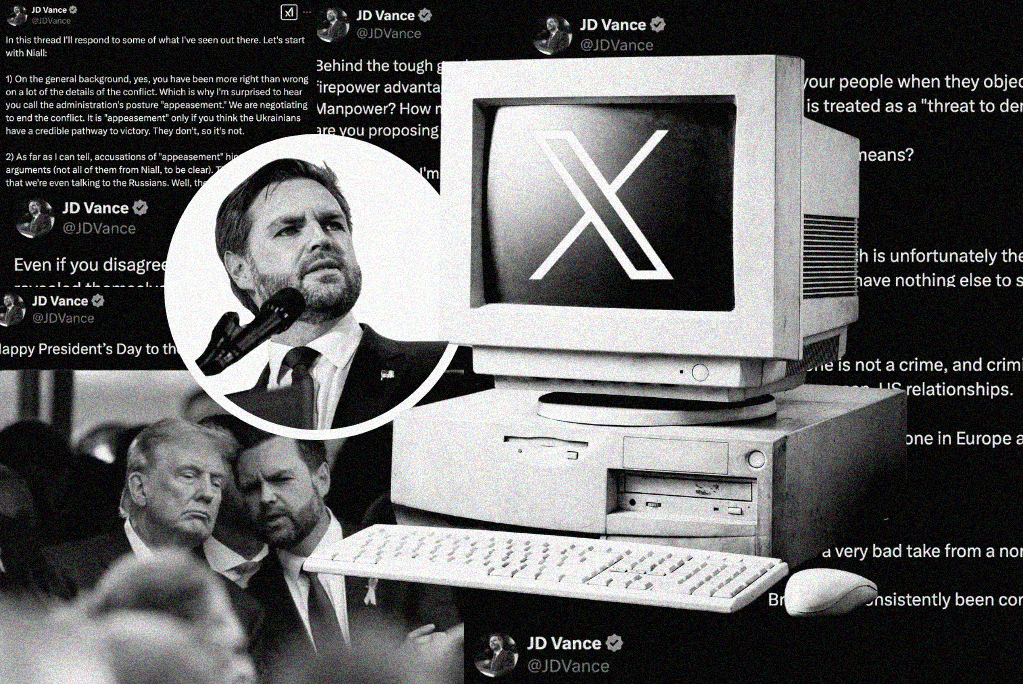

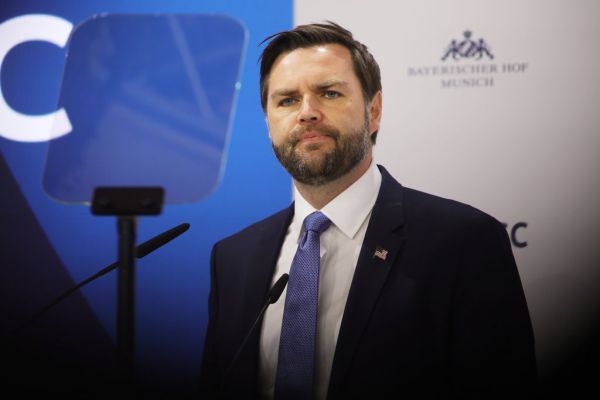
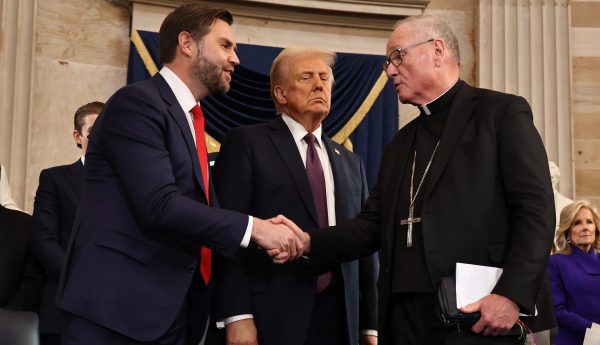
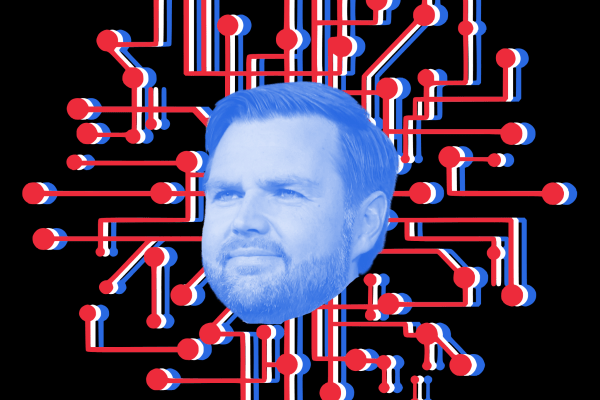
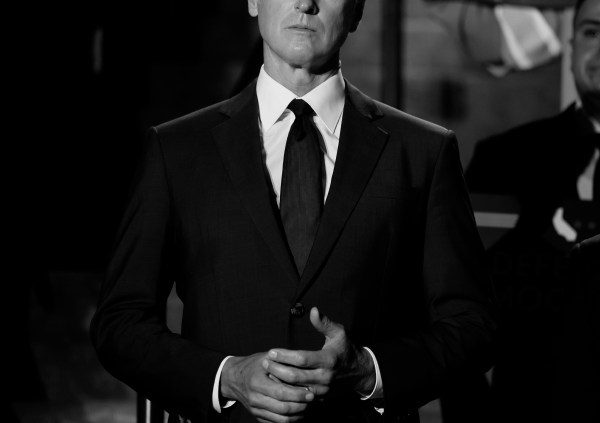
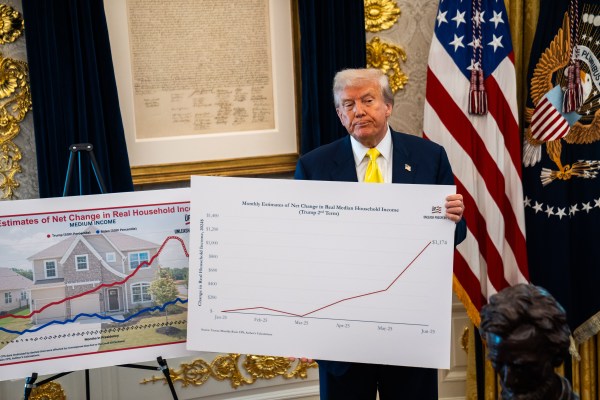
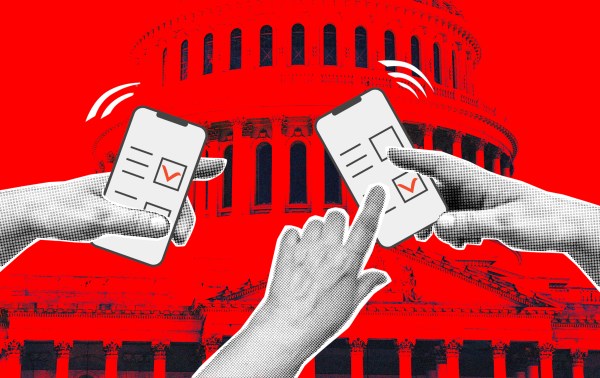


Please note that we at The Dispatch hold ourselves, our work, and our commenters to a higher standard than other places on the internet. We welcome comments that foster genuine debate or discussion—including comments critical of us or our work—but responses that include ad hominem attacks on fellow Dispatch members or are intended to stoke fear and anger may be moderated.
With your membership, you only have the ability to comment on The Morning Dispatch articles. Consider upgrading to join the conversation everywhere.